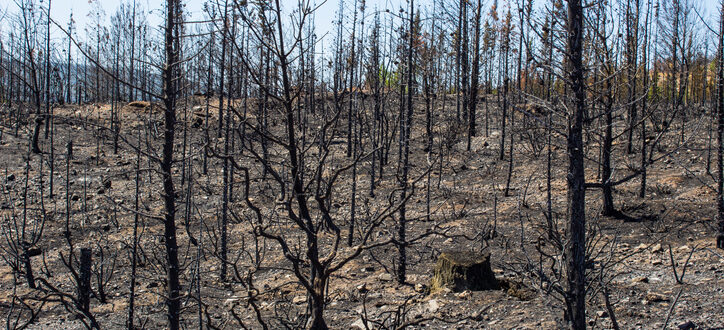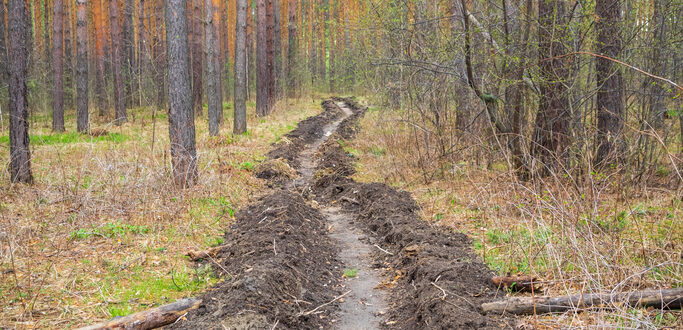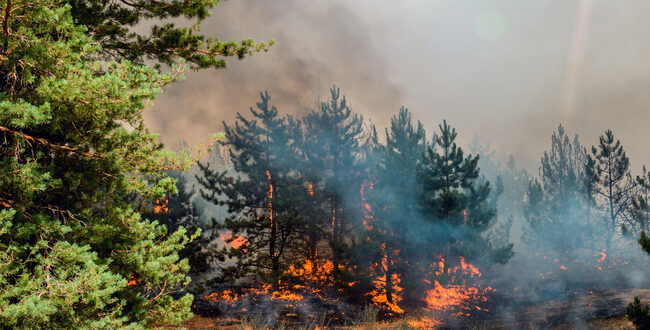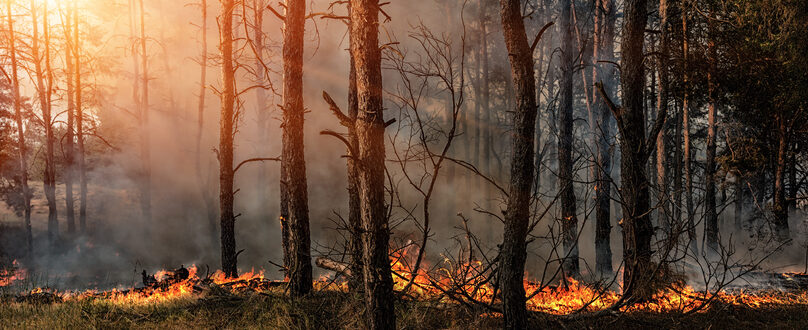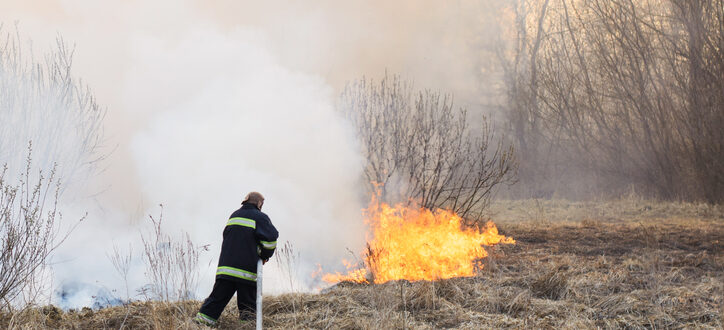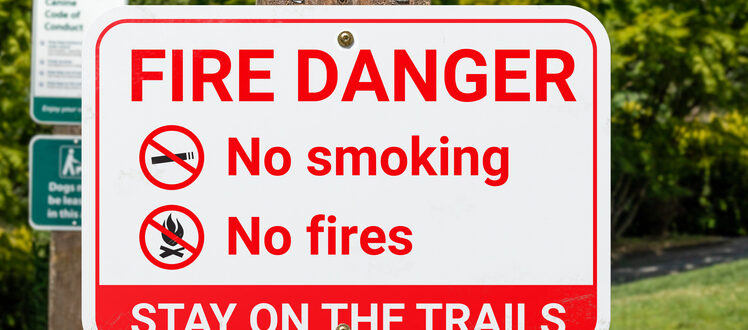The summer months bring droughts. It’s normal to see the grass start to look a little crispy, especially if there are bans on using the hoses to keep the garden fresh. There are ways to look after your garden, though. It’s all about using fire sprays and foams. You’ll want to use something to protect your garden. This protects your home from the risk of wildfires, which are common as the temperatures rise and there is no rainfall in sight. Using a Fire Retardant Spray You can get a treatment such as Unishield TG-300 to use on your garden and lawn. This is a flame retardant chemical for dry grass and brush. The great thing about this product in particular
(719) 400-9104
office@coloradomastication.com
There are various ways to fight fires around your own home. Fire gels are popular options, and they tend to last longer than fire foams. You can even reignite their benefits to keep fighting against the fires. How Long Do Fire Gels Last? It is possible to get up to 36 hours out of a fire gel. That is under the perfect conditions, though. Realistically, the gel will lose its moisture content within six to eight hours, especially if it’s a hot and windy day. Gels work through layers of slow-drying water-filled bubbles. It’s possible to get the water bubbles back by misting the gel with water. Even when you’ve left the house, you can find that gels still work.
There are all sorts of reasons to have guns in the house. They need to be stored safely, and this isn’t just to prevent small hands accidentally setting them off. Firearms can pose a danger in wildfires, especially when it comes to cartridges in the firearm. The firearms themselves pose little danger in the fire. It’s the cartridges that are filled with gunpowder. The Difference Between Loaded and Unloaded Cartridges in a Fire When temperatures get to around 320F, the unloaded cartridges pose a danger. This is the optimum temperature for the gunpowder to start cooking. However, the metal of the casings will also get weaker in the fire. When the gunpowder does go off, the metal of the casing
You need evacuation vehicles ready to go. These should have all the basic supplies you’ll need and be ready to run as soon as you need them. After all, you don’t know when you’ll need to evacuate your home. Make Sure the Fluid Levels Are Good During fire season, you should make sure the tanks in all your evacuation vehicles are half filled at least. This will get you out of town fast enough and then you can worry about topping up the gas after. It’s also important to check on other fluid levels. Check that the windshield wiper fluid is full. This is the most important but overlooked of all the fluids. A lot of ash can come down
When you get the order to evacuate, you need to act fast. The problem is that the adrenaline pushes all common sense out of the window. It’s important to have an evacuation procedure so everyone in the house knows what they are doing. Delegate Jobs and Work Through Your Lists You already have your five-minute, one-hour, and six-hour evacuation lists. You’ll need to work on the five-minute list first. The best thing to do is to make sure everyone has a clear job. That is all they have to take care of. If you set up this plan ahead of a potential emergency, they are more likely to have it set in their heads so they can still perform it
After you’ve been evacuated, you need to head to the first evacuation center that you find. This is set up ready for those who need a temporary place to stay. You may not end up staying there overnight, and they may send you on elsewhere, but they can take your contact information so they have confirmation that you and your family are safe. This is where you also share if you had to leave animals behind. The staff can get in touch with first responders to see if they can get the animals out. If you let livestock loose, also let them know even if you reported it elsewhere. What About the Cost of the Evacuation? Your home insurance will
It doesn’t matter how much you prepare. There is a huge rush of adrenaline when an emergency happens. Mental clarity is not something that is always there. One of the best things you can do is to have an evacuation list ahead of time. This isn’t just about what you should take with you. You also need to have a list of what specific people will take. And you need to practice the plan regularly. If you are out of town, you’ll want to make sure house sitters or pet sitters are aware of the evacuation list. This will help them should something happen to make sure they don’t leave anything important behind. Breaking Down the Evacuation List You need
A “bug out bag” is a great way to make sure you’re prepared in an emergency, regardless of what that emergency is. The idea is that you have enough to survive three days. The term “bug out bag” has been used a lot by preppers, who are getting ready for a apocalyptic disaster. However, they are great to have for normal emergencies as water and power grids can go down for some time. Who Should Have a Bug Out Bag It’s worth it for everyone to have a bug out bag since you don’t know when an emergency will happen. However, if you’re in the Red Zone, you’re more likely to face a wildfire emergency that can lead to an
When you hear the order to “evacuate now.,” you need to do so. Staying behind not only puts you at risk, but it puts the people who are trying to put out the fire at risk. They have to make sure the area is clear. The Surprising Speed of Wildfires You may not think the emergency order is all that serious. After all, you can’t see a fire close by. What will surprise you is that forest fires have the ability to travel at 14mph. A grass fire can travel at 28mph. The firebrands? Well, they travel at a surprising 60mph. You don’t always have time to act. With the right wind conditions for the fire, the fire that was
Call Colorado Mastication at (719)400-9104 for fire mitigation estimate for your community. We are equipped to handle small and large projects While you can do what you need to do to protect your home from wildfires, you need your neighbors to do the same. This is why community projects are so beneficial. They get everyone in the same area working toward the same goal. Firewise National Program There are a few programs out there, with Firewise being one of the most popular and effective. This program is administrated by the National Fire Protection Association, and it encourages a whole neighborhood to work on mitigating fire risks in the whole area. There is a three-step process for communities to follow. Three
